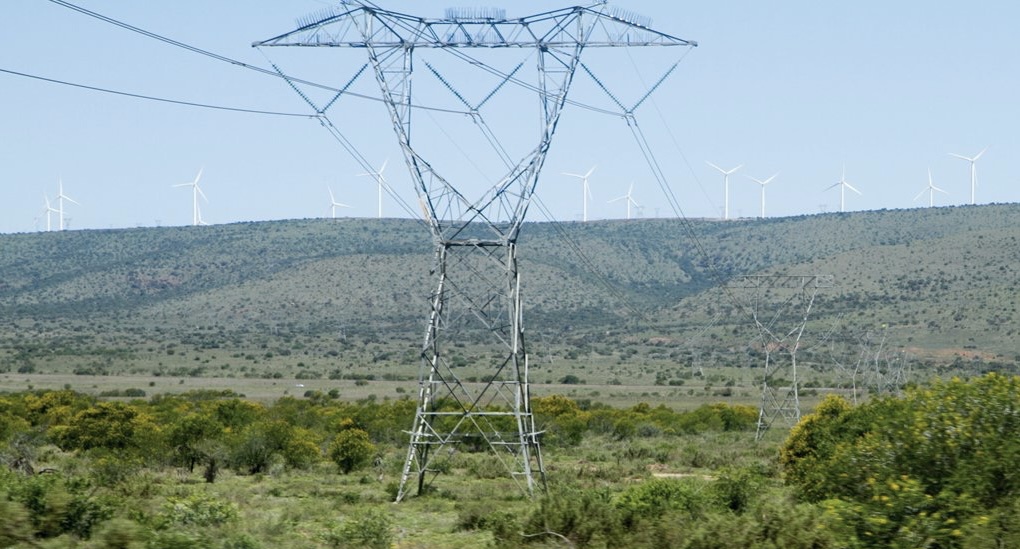Published on Eskom’s website and approved by the National Energy Regulator of South Africa (Nersa), the addendum states that accepting up to 10% of curtailment will enable the connection of 2,680 MW in the Western Cape and 790 MW in the Eastern Cape for wind generation. Curtailment, as defined in the document, refers to the controlled reduction of output from renewable energy plants due to transmission capacity constraints.
This strategy counters previous limitations stated in the GCCA 2025, which indicated no remaining grid capacity in the Eastern, Northern, and Western Cape provinces. The introduction of curtailment is seen as a means to maximize the existing grid’s use.
The addendum’s release is timely, coinciding with the ongoing renewables bid window for procuring 5,000 MW, split between 3,200 MW of wind and 1,800 MW of solar photovoltaic (PV). The impact of this new framework on the current bidding round remains to be confirmed, with another round anticipated by the end of March.
Bid Window Seven, the first since the partial failure of Bid Window Six, had faced challenges due to Eskom’s previous indication of no grid-connection capacity for wind projects. The absence of a curtailment framework in the initial GCCA 2025 had sparked debate, considering the urgent need to address a supply shortfall and escalating loadshedding.
A joint assessment by Eskom and European transmission system operators showed that the Western Cape grid’s capacity could double with a 10% curtailment scenario. However, this framework was not included in the original GCCA 2025 published in October. The promise of an addendum post-approval from Nersa and internal governance was fulfilled with its recent publication.
Before the addendum, wind projects were expected to bid in lower-yielding regions unless they had existing grid connection quotes or could secure expired capacities. This scenario led to expectations of a price premium for wind projects, especially in regions like Mpumalanga, compared to the Cape provinces.
The curtailment option in the GCCA addendum now provides developers with an alternative to connect in grid-constrained areas. This development is crucial for the Eastern Cape and Western Cape, which are known for their abundant renewable energy resources.
Eskom’s strategic move to implement curtailment paves the way for accelerated wind energy development in South Africa, contributing significantly to the country’s renewable energy goals and reducing dependency on traditional power sources.



